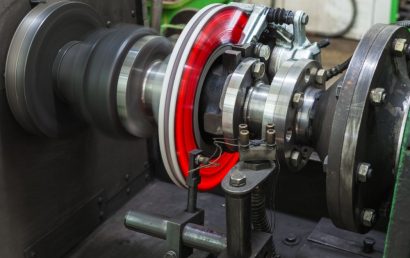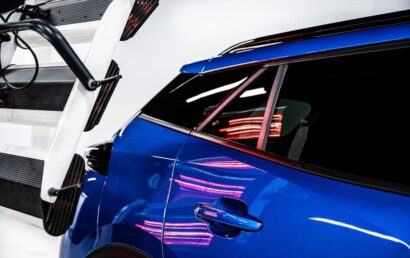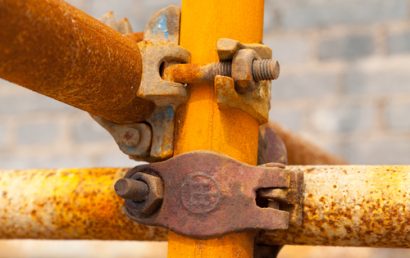Application Spotlight: Thermal Barrier Coatings
Thermal barrier coatings, or TBCs, play a critical role in the insulation process of a wide spectrum of components in various industries. For example, aero-engine and gas turbine parts that need to operate at elevated temperatures require TBCs. Thermal barrier coatings are also characterized by their distinctive low thermal conductivity as well as the feature to bear a large temperature gradient upon exposure to heat flow.
Benefits of Thermal Barrier Coatings
Thermal barrier coatings offer an excellent range of benefits, and that’s why many clients from different industries need them. Here is a short list of their benefits:
- Increase engine power
- Reduce fuel consumption
- Improve fuel economy
- Increase exhaust gas temperature
- Provide high thermo mechanical stability
- Improve thermal conductivity
- Reduce fatigue and stress on components
- Increase lifespan of parts
- Protect metal structural components from extreme temperatures
When a bonding layer is utilized to aid in a TBC’s adhesion, more advantages present themselves. For example, the coating will become more wear resistant and tougher, and the stress that can occur in the top coat is significantly reduced. In addition, the overall lifespan of the TBC will benefit from the increase in thermal shock resistance as well.
Most Common Materials Used in Thermal Barrier Coatings
Yttria Stabilized Zirconia (YSZ) is one of the most commonly applied TBC material. It exhibits excellent resistance to both thermal fatigue and shock of over 1000°C. In addition, YSZ is usually applied by plasma spraying and HVOF spraying for applications such as blade tip wear prevention. Before the material is applied in TBCs, it is also common for the substrate material (such as nickel-based superalloys) to be pre-coated or aluminized with a MCrAlY bond-coat. This is needed to accommodate residual stresses that may develop in the coating system.
Processes to Achieve Thermal Barrier Coats
Thermal barrier coats are usually achieved by incorporating several key components. These components are translated to four distinct layers and each layer adds to the protective thermal properties, thus enabling the coating to form a unique thermal barrier coating. The key components are:
- The metal substrate
- The bond coat
- The layer of thermally grown ceramic oxide
- The ceramic top coat (the final layer of the coat)
TBCs are often applied using spray equipment (operated automatically) and in an enclosure that is specifically designed to deal with fumes. Depending on the specialized nature of a product and the size of the production run, manual application of the coating can be facilitated. Whether the application is manual or automatic, preparations for light, noise, heat and electricity, dust and fumes have to be made.
Where Can You Often Find Thermal Barrier Coatings?
TBCs can often be found in components such as:
- Nozzle guide vanes
- Transition ducts
- Combustor cans
- Turbine blades
- Gas turbines
- Diesel engines
- Combustion chambers
- Cylinder heads
- Piston rings
A & A Coatings has more than seven decades of experience in helping clients tailor their coatings that surpasses their needs and expectations. If you would like to know more about our in-house capabilities and the production of thermal barrier coatings, feel free to contact us today.



